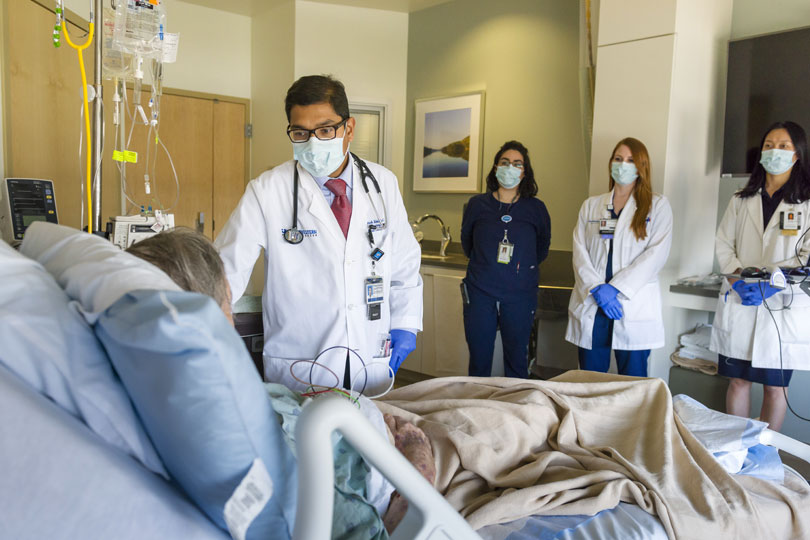Quality Improvement & Patient Safety

A practical knowledge of quality improvement methodology is important for all practicing physicians. The scholarly activity in Quality Improvement and Patient Safety (QIPS) will provide the opportunity for medical students to gain formal training and practical experience in quality improvement (QI) methodology. In addition, students will be able to pursue an individualized course of study based on personal preference and career plans.
Learning Objectives
The program provides infrastructure for medical students to participate, design, and lead QI and patient safety projects or undertake a detailed course of study based on personal interests. After completing the scholarly activity for Quality Improvement and Patient Safety, the student will be able to:
- Identify the key elements of an effective aim statement
- Identify three kinds of measures: process, outcome, and balancing
- Develop tests of change on a small scale using the Plan-Do-Study-Act (PDSA) cycle.
- Construct and use QI tools appropriately. The program will accommodate a maximum of 20 students per 12-week block.
Methods of Instruction
The curriculum for quality improvement and patient safety balances knowledge-building activities including online module-based learning and experiential learning through participation in QI projects. We provide project facilitation with advisers from the Office of Quality, Safety, and Outcomes Education.
Project Selection
Students can join existing QI projects or propose new QI projects.
Student Responsibilities
The experience should be tailored to enable the student to pursue special interests in medical education. Specific experiences are agreed upon with the track director in advance. The student is accountable to both the on-site mentor and the track director.
Evaluation
At the conclusion of the scholarly activity project, each student is required to prepare and submit a 5- to 10-page summary, excluding references and figures, detailing the outcomes, recommendations, and lessons learned. Students have the option of discussing and presenting their projects to a meeting of interested faculty, residents, and students, to be arranged by the Office of Quality, Safety, and Outcomes Education.
Students are encouraged to disseminate their findings at local, national, and international conferences.
The grade for the scholarly activity track will be pass/fail based on the student’s final paper. The final paper will be graded according to established guidelines across all the scholarly activity tracks.
